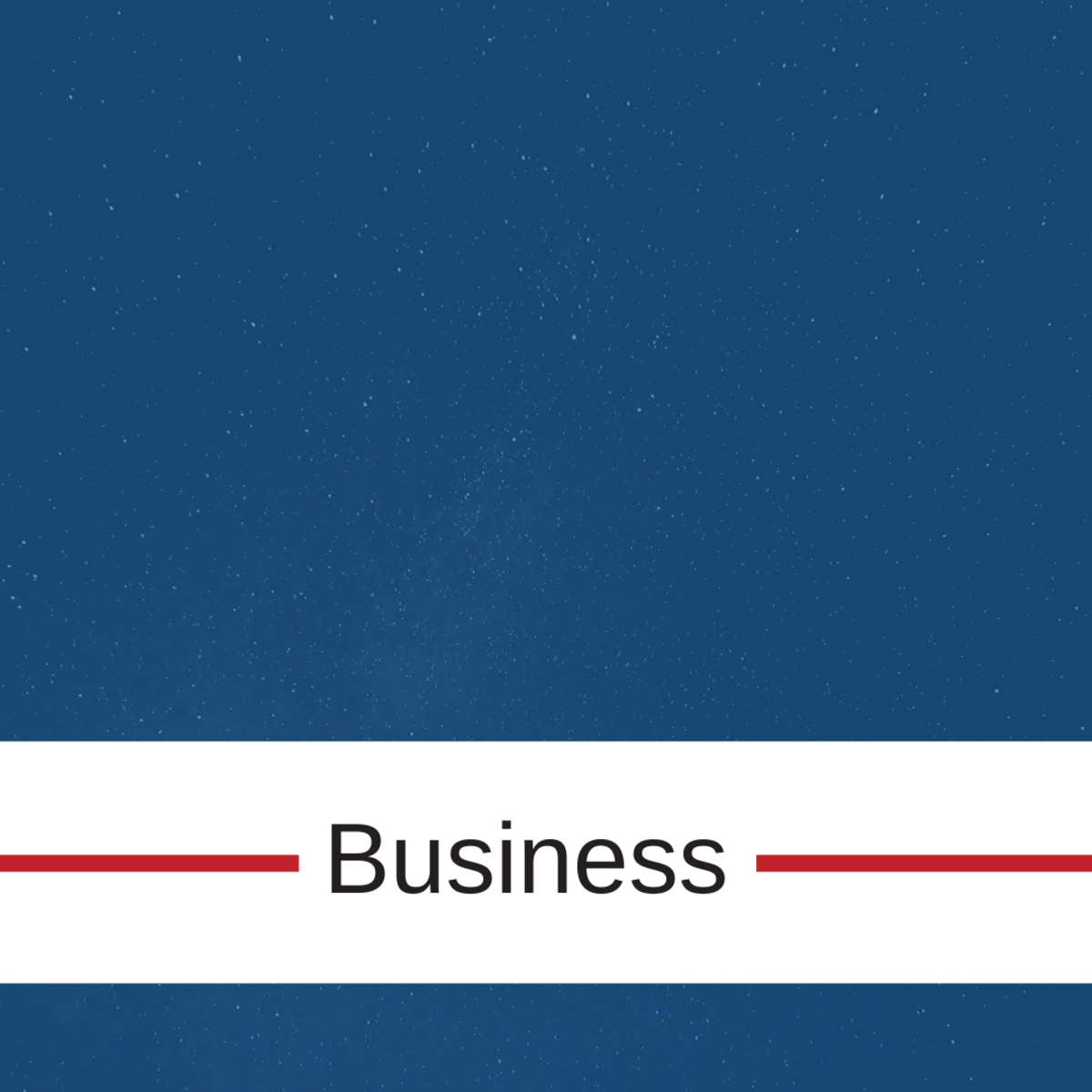Back to Courses









Finance Courses - Page 15
Showing results 141-150 of 270
Corporate Finance I: Measuring and Promoting Value Creation
In this course you will learn how to use key finance principles to understand and measure business success and to identify and promote true value creation. You will learn how to use accounting information to form key financial ratios to measure a company’s financial health and to manage a company's short-term and long-term liquidity needs. You will also learn how to use valuation techniques to make sound business investment and acquisition decisions. Finally, you will learn how to incorporate risk and uncertainty into investment decisions and how to evaluate the performance of existing investments.
Upon successful completion of this course you will be able to:
• Understand how companies make investment decisions that create value for shareholders
• Use accounting statements to measure the financial health of a company
• Forecast and manage a company’s short- and long-term liquidity needs
• Measure the contribution of a new project or acquisition to shareholder value
• Incorporate risk into investment decisions using the appropriate discount rates
• Evaluate the performance of a company or divisions of a company
This course was previously entitled Financial Evaluation and Strategy: Corporate Finance. The course received an average rating of 4.7 out of 5 based on 177 reviews over the period of September 2015 through August 2016. A detailed breakdown of ratings and reviews received for the prior version of the course, which is identical in content to the current course, is provided in the course orientation page.
This course is part of the iMBA offered by the University of Illinois, a flexible, fully-accredited online MBA at an incredibly competitive price. For more information, please see the Resource page in this course and onlinemba.illinois.edu.

The Finance of Climate Change
The urgent transition towards a low-carbon economy will profoundly change our economy. Households, companies and financial intermediaries have to be ready in order to avoid the downside risks and seize the opportunities created by climate change. The Finance of Climate Change MOOC will explain (i) how climate change and the policies aimed to mitigate it will impact the different businesses and (ii) the means and tools at the disposal of companies, banks and investors to be part of this transition.
What is the shadow price of carbon? What makes a bond green? How can investors steer the decarbonization of a company? How can we make sure that a company is making real efforts to make its business model climate-resilient and not just greenwashing? These are some of the questions that will be addressed in this MOOC.
This MOOC covers the financial risks and opportunities of climate change and how companies can finance their green transition, for example by issuing green securities. You will also learn how financial intermediaries address climate change risks and why central banks are concerned about climate change.
This MOOC is for those who wish to understand the finance of climate. It is not necessary to have specialized prior knowledge, apart from basic familiarity with accounting and financial concepts such as discounted cash flows. We do suggest, however, taking the first and second MOOC of this specialization before starting this one in order to gain a simple but solid understanding of the science and economics aspects of climatic changes.

New Venture Finance: Startup Funding for Entrepreneurs
This course is for aspiring or active entrepreneurs who wants to understand how to secure funding for their company. This course will demystify key financing concepts to give entrepreneurs and aspiring entrepreneurs a guide to secure funding.
Examine the many financing options available to get your new venture funded. Learn the basics of finance, valuations, dilution and non-dilutive funding sources. Understand capital structure for new ventures, term sheets and how to negotiate them, and the differences between early-stage versus later-stage financing. Develop an understanding of how to develop winning investor pitches, who and when to pitch, how to avoid common mistakes that limit the effectiveness of the pitch, and how to ‘get to the close’. Key questions answered within the course include:
* When to raise outside capital?
* What kind of investors invest by stage and where to find them?
* What are your fundraising options?
* What are the key components of the term sheet?
* How to perform company valuations?
* How to pitch to investors?
* What techniques help the entrepreneur ‘get to the close’?
With this course, students experience a sampling of the ideas and techniques explored in the University of Maryland's master's degree in technology entrepreneurship, an innovative 100% online program. Learn more at http://mte.umd.edu/landing.

Create a Financial Statement using Google Sheets
By the end of this project, you will be able to populate the Google Sheets Financial Statement Template and feel comfortable updating the different tabs on the Financial Statement Template. You will have a better understanding of how to use this tool to help track and present financial information for your company.
Note: This course works best for learners who are based in the North America region. We’re currently working on providing the same experience in other regions.

Healthcare Marketplace
In this course in the Healthcare Marketplace specialization you will identify, define, and describe potential business and public policy solutions to the challenges facing society’s growing demand for health services. Students will master a body of knowledge on the health care sectors major components through reading and reflection.
Healthcare has many different cultural components that will be discussed as historic trends as well as future demographic challenges. You will understand diverse philosophies and cultures within and across societies as they relate to healthcare. This outcome is particularly critical because of the tradeoffs needed to be assessed as medical technology advances faster than budgets and perhaps cultures are sometimes willing to tolerate.
At the end of the day, you will gain an appreciation for the role of creativity, innovation, discovery, and expression across disciplines in the development of new medical care solutions through and examination of the physician, medical technology and financing sub-sectors of the health economy.

Advanced Concepts in Time Value of Money (TVM)
This course builds upon the fundamental concept of Time Value of Money (TVM) using more advanced applications and questions. You will apply the TVM concept in real-life problems of financial planning and saving for college. You will also learn more about loans and apply TVM concepts to borrowing and lending. You will realize that — while the applications are seemingly more complex, but when seen and broken-up into bite-size components — the framework, principles, and tools remain the same.
After completing this course you will have an understanding of the detailed mechanics and reasoning behind any decision you make that has consequences for the future. The deeper exposure to financial transactions you will be applicable in any/all decisions. The great news is that these concepts and skills will transfer to your professional/business decisions.
This course is part of the four-course Foundational Finance for Strategic Decision Making Specialization.

The Classical Linear Regression Model
In this course, you will discover the type of questions that econometrics can answer, and the different types of data you might use: time series, cross-sectional, and longitudinal data.
During the course you will:
– Learn to use the Classical Linear Regression Model (CLRM) as well as the Ordinary Least Squares (OLS) estimator, as you discuss the assumptions needed for the OLS to deliver true regression parameters.
– Look at cases with only one independent variable for one dependent variable, before progressing to regression analysis by generalising the bivariate model to multiple regression.
– Explore different model-building philosophies, with particular focus on the general-to-specific approach, and learn how to use goodness-of-fit statistics as the measures of “how well your model explains variations in the dependent variable”.
Throughout this course, you will see examples to help clarify which kind of relationship is of interest, and how we can interpret it. You will also have the opportunity to apply your learning to estimating the Capital Asset Pricing Model using real data with R.
The course is for beginners, so little prior knowledge is required, but you will benefit from an ability to graph two variables in the xy framework, an understanding of basic algebra and taking derivatives. Knowledge of matrix algebra is not a requirement but will also provide you with an advantage.
By the end of this course, you will be able to:
– Describe the problems that econometrics can help addressing and the type of data that should be used
– Explain why some hypotheses are needed for the approach to produce an estimate
– Calculate the coefficients of interest in the classical linear regression model
– Interpret the estimated parameters and goodness of fit statistics
– Estimate single and multiple linear regression models with R.

The Future of Payment Technologies
Discover the future of payment technology, from mobile payments to tokenization.
In this course, you will learn new ways of making payments from consumer-to-business (C2B), from consumer-to-consumer (C2C), and from business-to-business (B2B).
You will explore current payment system technologies to examine their strengths and weaknesses, and understand the ways technological innovation is changing these traditional systems.
You’ll learn about new front-end innovations like digital wallets and mobile payments and also discover back-end innovations like tokenization, mobile money, and new payment infrastructure.

Portfolio Selection and Risk Management
When an investor is faced with a portfolio choice problem, the number of possible assets and the various combinations and proportions in which each can be held can seem overwhelming. In this course, you’ll learn the basic principles underlying optimal portfolio construction, diversification, and risk management. You’ll start by acquiring the tools to characterize an investor’s risk and return trade-off. You will next analyze how a portfolio choice problem can be structured and learn how to solve for and implement the optimal portfolio solution. Finally, you will learn about the main pricing models for equilibrium asset prices.
Learners will:
• Develop risk and return measures for portfolio of assets
• Understand the main insights from modern portfolio theory based on diversification
• Describe and identify efficient portfolios that manage risk effectively
• Solve for portfolio with the best risk-return trade-offs
• Understand how risk preference drive optimal asset allocation decisions
• Describe and use equilibrium asset pricing models.

Financial Risk Management with R
This course teaches you how to calculate the return of a portfolio of securities as well as quantify the market risk of that portfolio, an important skill for financial market analysts in banks, hedge funds, insurance companies, and other financial services and investment firms. Using the R programming language with Microsoft Open R and RStudio, you will use the two main tools for calculating the market risk of stock portfolios: Value-at-Risk (VaR) and Expected Shortfall (ES). You will need a beginner-level understanding of R programming to complete the assignments of this course.
Popular Internships and Jobs by Categories
Find Jobs & Internships
Browse
© 2024 BoostGrad | All rights reserved